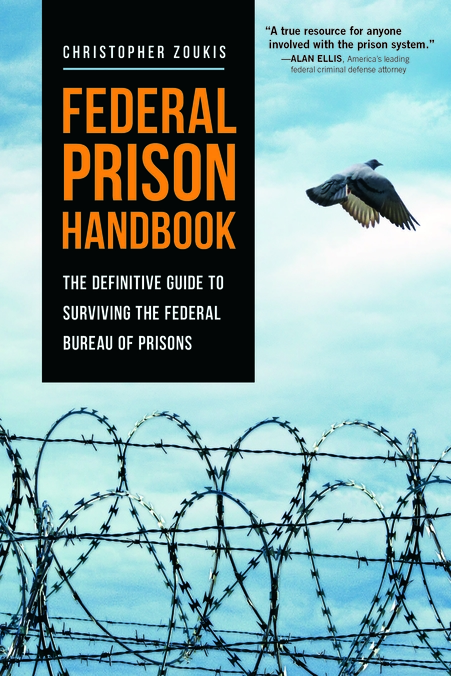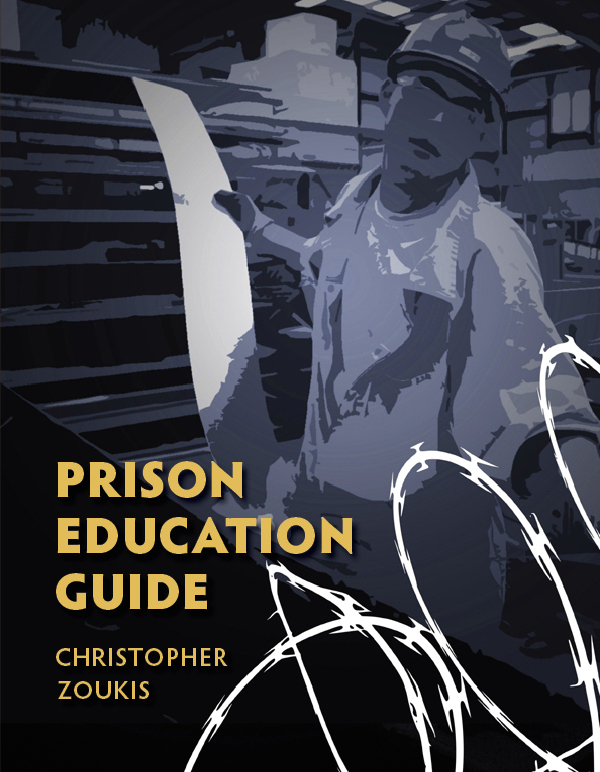U.S. Sentencing Commission Adopts 2025 Amendments to Resolve Circuit Conflicts
On April 30, 2025, the United States Sentencing Commission submitted amendments to the federal sentencing guidelines to Congress, set to take effect on November 1, 2025, absent congressional action. These amendments address two significant circuit court conflicts concerning the application of robbery guidelines and criminal history calculations. This article provides an overview of the amendments, their implications, and their role in promoting uniformity in federal sentencing.
Amendment to Robbery Guidelines: Physically Restrained Enhancement § 2B3.1
Background
Section 2B3.1(b)(4)(B) of the U.S. Sentencing Guidelines provides a two-level enhancement in robbery offenses if a victim was “physically restrained.” Circuit courts have diverged on the interpretation of this term, particularly regarding whether restraint at gunpoint, absent physical measures such as binding or locking, qualifies for the enhancement. Some circuits have applied the enhancement broadly, including scenarios involving threats alone, while others have required tangible physical restraint.
Amendment
The 2025 amendment revises § 2B3.1 to clarify that the “physically restrained” enhancement applies only when the defendant employs physical measures to immobilize the victim. Such measures include, but are not limited to, tying, binding, or locking the victim in a confined space. The amendment explicitly excludes situations where the victim’s movement is restricted solely through threats, such as at gunpoint, without additional physical actions. The revised commentary accompanying § 2B3.1 provides examples to guide courts in distinguishing qualifying conduct from non-qualifying threats.
Implications
This amendment resolves the circuit split by adopting a narrower interpretation of “physically restrained,” aligning with circuits that emphasize physicality over psychological coercion. For legal practitioners, this change necessitates careful scrutiny of the factual record in robbery cases to determine whether physical measures were employed. Prosecutors may face a higher evidentiary burden to secure the enhancement, while defense counsel can leverage the clarified standard to challenge its application in cases involving only threats.
Amendment to Criminal History: Intervening Arrest § 4A1.2
Background
Section 4A1.2(a)(2) governs the calculation of criminal history points for prior sentences, specifying whether multiple prior sentences are counted separately or as a single sentence. A key factor is whether the sentences were separated by an “intervening arrest.” Circuit courts have disagreed on whether a traffic stop constitutes an intervening arrest for this purpose. Some circuits have treated any custodial detention during a traffic stop as sufficient, while others require a formal arrest, such as booking or charging.
Amendment
The 2025 amendment amends § 4A1.2 to define an “intervening arrest” as a formal arrest resulting in booking, charging, or similar procedural steps. A traffic stop, even if involving temporary detention, does not qualify as an intervening arrest unless it culminates in a formal arrest. The amendment ensures that prior sentences imposed for offenses closely related in time and not separated by a formal arrest are treated as a single sentence for criminal history purposes. Revised commentary provides illustrative examples to assist courts in applying this standard.
Implications
By adopting a formal arrest requirement, the amendment aligns with circuits that prioritize procedural milestones over temporary detentions. This change promotes consistency in criminal history calculations, potentially reducing criminal history scores for defendants with prior sentences stemming from closely related incidents. For prosecutors, the amendment may limit the ability to inflate criminal history points based on minor custodial encounters. Defense attorneys should closely examine the nature of prior encounters to argue for single-sentence treatment under the revised guideline.
Broader Context
and Effective Date
The 2025 amendments reflect the Sentencing Commission’s ongoing commitment to resolving circuit conflicts and ensuring uniformity in federal sentencing. By addressing these specific issues, the amendments enhance predictability and fairness in the application of the guidelines. Absent congressional disapproval, the amendments will take effect on November 1, 2025.
Legal professionals should prepare for these changes by reviewing the amended guidelines and accompanying commentary, available on the U.S. Sentencing Commission’s website. Practitioners should assess the impact on pending cases and advise clients accordingly, particularly in robbery and criminal history disputes.
Retroactivity of the
2025 Amendments
The U.S. Sentencing Commission is currently evaluating whether the amendments to §§ 2B3.1 and 4A1.2 should be applied retroactively to defendants sentenced before November 1, 2025. Pursuant to 28 U.S.C. § 994(u), the Commission must assess whether retroactive application is warranted, considering factors such as the purpose of the amendments, the magnitude of their impact on sentencing ranges, and the administrative feasibility of applying them retroactively. The Commission sought public comment on this issue, with a comment period ending June 2, 2025, to inform its decision. If designated as retroactive, these amendments could be included in § 1B1.10(d) of the Guidelines Manual, allowing courts to reduce sentences for eligible incarcerated individuals under 18 U.S.C. § 3582(c)(2), provided the reduction aligns with statutory sentencing factors and applicable policy statements.
Retroactive application of the § 2B3.1 amendment could benefit defendants who received the “physically restrained” enhancement in robbery cases where only threats, such as at gunpoint, were used, as the clarified guideline specifies that actual physical restriction or confinement is required for this enhancement. Similarly, retroactivity for the § 4A1.2 amendment could lower criminal history scores for defendants whose prior sentences were separated by traffic stops or other non-qualifying detentions, potentially reducing their guideline ranges. The Commission’s ongoing analysis, including public input and retroactivity impact assessments, will determine whether these changes are applied to previously sentenced individuals, with a decision expected before the end of the 2025 amendment cycle. Legal practitioners should monitor updates on the Commission’s website for the final retroactivity determination and its implications for pending and past cases.
Conclusion
The 2025 amendments to §§ 2B3.1 and 4A1.2 mark a significant step toward resolving longstanding circuit conflicts. By clarifying the “physically restrained” enhancement and the “intervening arrest” standard, the U.S. Sentencing Commission reinforces the guidelines’ role as a cornerstone of consistent and equitable federal sentencing. As the effective date approaches, practitioners must stay abreast of these changes to effectively navigate their implications in practice.
Source: U.S. Sentencing Commission, Amendments in Brief, 2025 Circuit Conflicts (April 30, 2025).
As a digital subscriber to Criminal Legal News, you can access full text and downloads for this and other premium content.
Already a subscriber? Login





